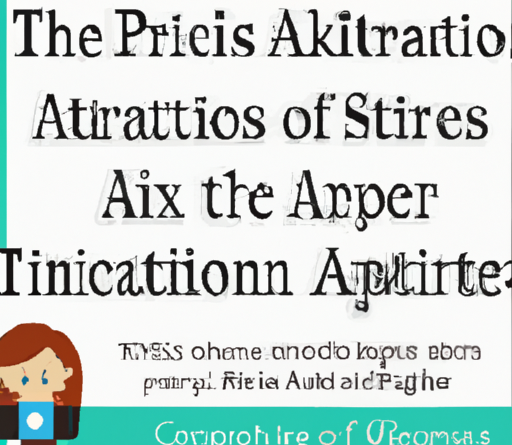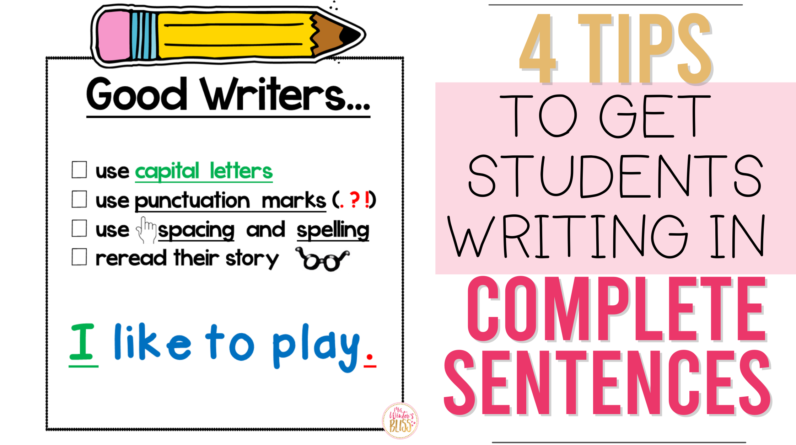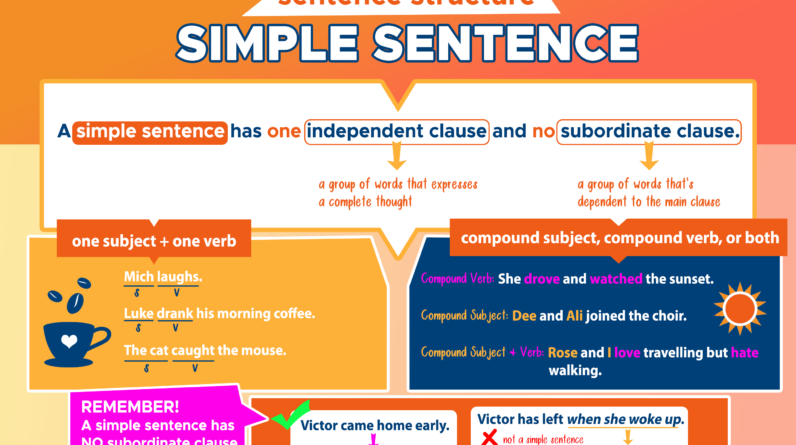
Have you ever wondered why sentence structure matters? Well, let me tell you, it can make a big difference in how effectively you communicate your thoughts and ideas. Whether you’re writing an essay, a business email, or even just a text message, the way you structure your sentences can impact how well your message is understood. In this article, we’re going to dive deep into the world of sentence structure and explore why it’s so important. So, if you’re ready to become a master of communication, keep reading to learn more!
When it comes to sentence structure, there’s more to it than just following grammar rules. It’s about crafting sentences that flow smoothly and convey your intended meaning clearly. By understanding the different components of a sentence, such as subjects, verbs, and objects, you can create sentences that grab the reader’s attention and keep them engaged. Plus, mastering sentence structure can help you avoid confusion and miscommunication. So, whether you’re writing a formal paper or having a casual conversation, knowing how to construct sentences effectively will greatly enhance your communication skills. Stay tuned for the next section, where we’ll delve into the specifics of sentence structure and provide you with some useful tips and tricks to improve your writing!
Table of Contents
Why Sentence Structure Matters
Importance of Sentence Structure
Clarity and Understanding
Sentence structure plays a crucial role in ensuring clarity and understanding in communication. When sentences are well-structured, the meaning is conveyed effectively, leading to better comprehension by the reader or listener. A well-constructed sentence allows the message to flow smoothly and avoids confusion or misinterpretation.
Effective Communication
Sentence structure is the foundation of effective communication. It determines how ideas are organized and presented. By using appropriate sentence structures, you can convey your thoughts concisely and coherently, capturing the attention of your audience. Whether you are writing an essay, giving a presentation, or engaging in a conversation, employing proper sentence structure enhances the impact of your message.
Professional Writing
Sentence structure is particularly important in professional writing. In various fields such as business, law, academia, and journalism, clear and concise communication is vital. Being able to construct well-formed sentences not only showcases your professionalism but also helps you convey complex ideas in a manner that is both understandable and persuasive.
Components of Sentence Structure
Subject and Predicate
At the core of every sentence is the subject and predicate. The subject is the main noun or pronoun that performs the action, while the predicate contains the verb and provides information about the subject. Understanding the relationship between the subject and the predicate is essential for constructing grammatically correct sentences.
Modifiers and Objects
Modifiers add more details to a sentence, while objects receive the action of the subject. Adjectives and adverbs are common types of modifiers, providing description and clarification. Proper placement of modifiers ensures that the intended meaning is conveyed accurately. Additionally, objects play a significant role in sentence structure, highlighting the entities or individuals on which the action of the subject is performed.
Sentence Types
Different sentence types serve different purposes. Understanding the various sentence structures enables you to convey your message effectively. Simple sentences consist of a single independent clause, while compound sentences join two or more independent clauses using coordinating conjunctions. Complex sentences combine an independent clause with one or more dependent clauses, which add extra information.
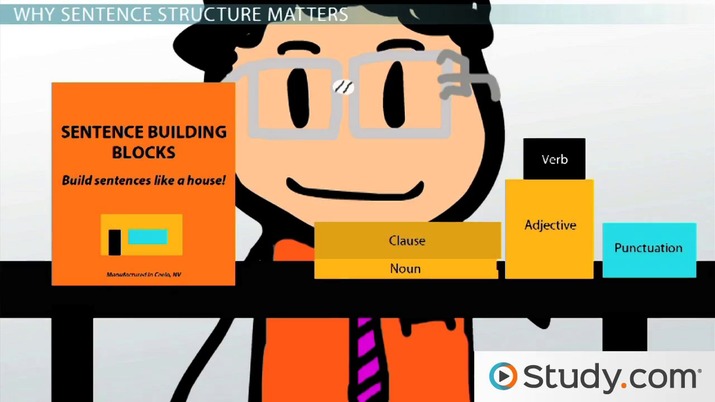
Subject and Predicate
Definition and Examples
The subject of a sentence refers to the person, place, thing, or concept that the sentence is about. It is the doer of the action or the one being described. For example, in the sentence “She runs every morning,” the subject is “she.” The predicate, on the other hand, contains the verb and provides information about the subject. In the same sentence, the predicate is “runs every morning.”
Subject-Verb Agreement
Subject-verb agreement is an important aspect of sentence structure. A singular subject requires a singular verb, while a plural subject requires a plural verb. For example, “The dog barks” is correct, while “The dog bark” is incorrect. Maintaining subject-verb agreement ensures that your sentences are grammatically correct and clear in meaning.
Building Strong Subjects and Predicates
To construct strong subjects and predicates, it is important to use clear and specific language. Avoid vague or ambiguous nouns and verbs that can weaken the impact of your sentence. Instead, choose strong and precise words that accurately convey your intended meaning.
Modifiers and Objects
Types of Modifiers
Modifiers add depth and detail to sentences. Adjectives modify nouns, providing additional description or qualities. Adverbs modify verbs, adjectives, or other adverbs, indicating manner, time, place, or degree. Proper use of modifiers enhances the clarity and precision of your writing.
Proper Placement of Modifiers
Placing modifiers correctly is crucial to avoid confusion or ambiguity. A misplaced modifier can alter the meaning of a sentence, leading to misunderstandings. To ensure clarity, modifiers should be placed directly next to the word or phrase they modify. For example, consider the sentence “I only eat chocolate.” Here, the word “only” should be placed before “chocolate” to convey that the speaker eats nothing else.
Object Placement and Role
Objects are entities or individuals that receive the action of the subject. The placement of objects in a sentence is important for clarity and comprehension. Direct objects receive the action directly, while indirect objects receive the action indirectly. Understanding the role of objects in a sentence helps to structure your writing effectively.
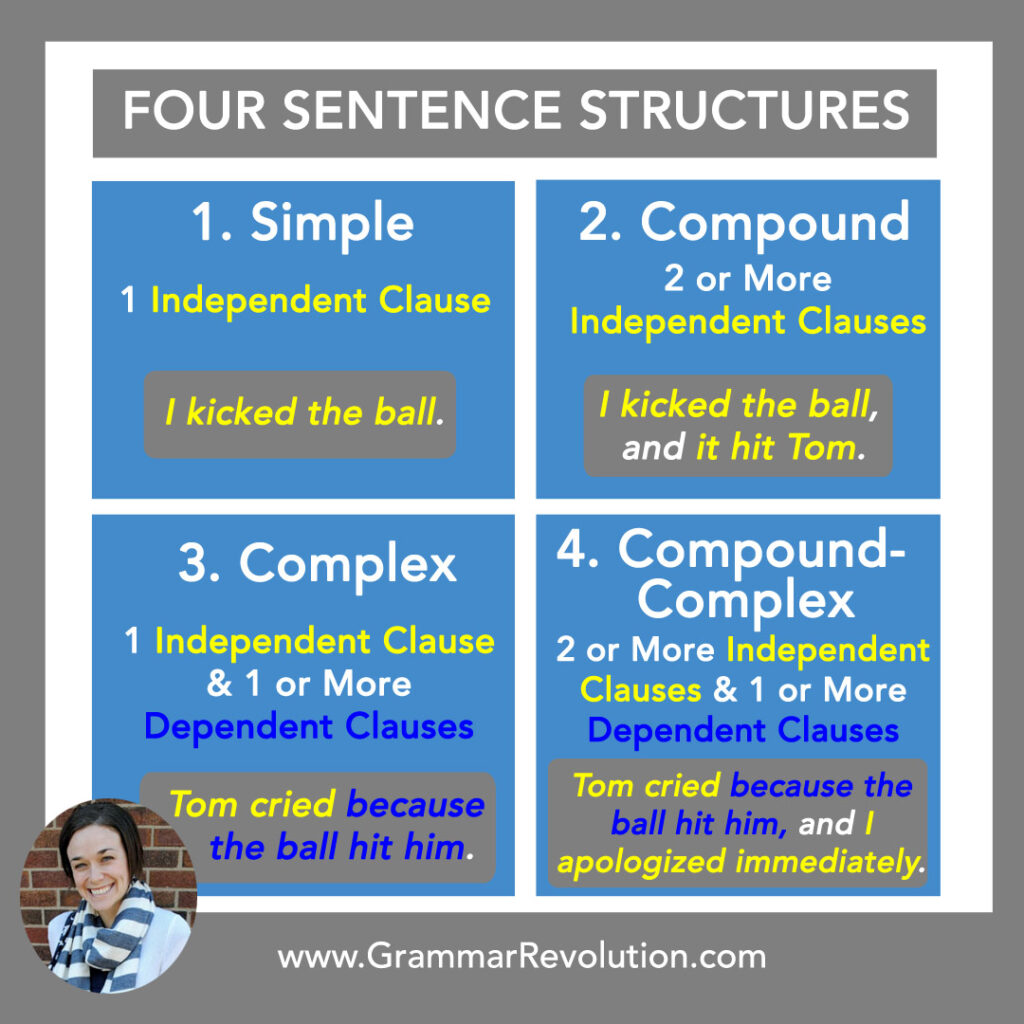
Sentence Types
Simple Sentences
Simple sentences consist of a single independent clause. They are concise and straightforward, expressing a complete thought. Simple sentences are useful for making direct statements or providing simple descriptions. For example, “The sun shines brightly.”
Compound Sentences
Compound sentences consist of two or more independent clauses joined by coordinating conjunctions such as “and,” “but,” or “or.” They allow for the expression of more complex ideas and the combination of related thoughts. For instance, “She studied for hours, but she still failed the test.”
Complex Sentences
Complex sentences contain an independent clause and one or more dependent clauses. Dependent clauses rely on the main clause for meaning and cannot stand alone as complete sentences. Complex sentences enable you to provide additional information or emphasize specific details. For example, “Although it was raining, they decided to have a picnic.”
Common Sentence Structure Errors
Run-on Sentences
Run-on sentences occur when two or more independent clauses are incorrectly joined without proper punctuation or conjunctions. They can make your writing confusing and difficult to follow. To avoid run-on sentences, use appropriate punctuation or break up the sentence into separate clauses.
Fragmented Sentences
Fragmented sentences lack either a subject, a predicate, or both, making them incomplete thoughts. They hinder the flow of your writing and can confuse the reader. To ensure grammatical correctness, each sentence should be a complete idea with a subject and a predicate.
Dangling Modifiers
Dangling modifiers occur when the word or phrase intended to be modified is missing from the sentence or is placed in an illogical position. This can lead to ambiguity or nonsensical meanings. To avoid dangling modifiers, ensure that each modifier clearly relates to the word or phrase it is intended to modify.
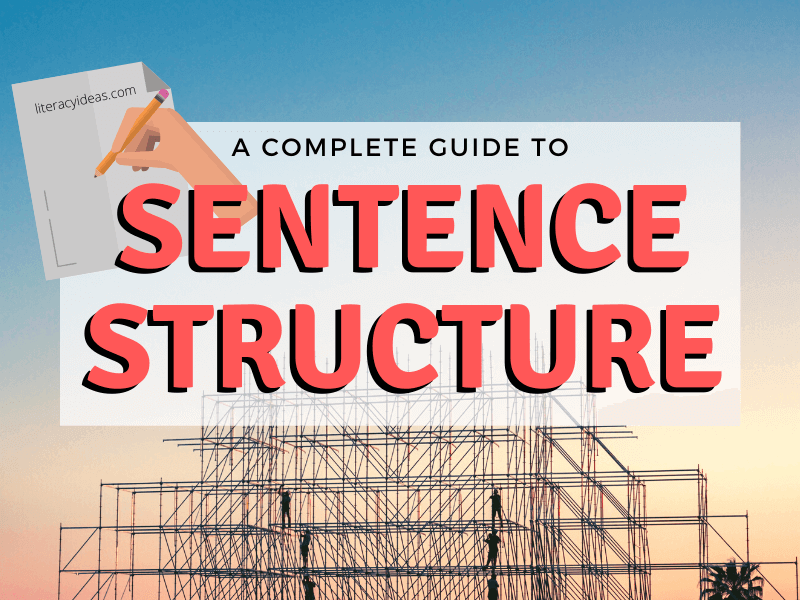
Tips for Improving Sentence Structure
Vary Sentence Length and Structure
To keep your writing engaging and interesting, vary your sentence length and structure. Mixing short and long sentences, as well as using different sentence types, adds rhythm and flow to your writing.
Use Conjunctions and Transition Words
Conjunctions and transition words help connect ideas and improve the coherence of your writing. By using words such as “however,” “therefore,” and “in addition,” you can create clear transitions between sentences and paragraphs.
Edit for Clarity and Precision
After writing, take the time to review and revise your sentences for clarity and precision. Look for any awkward phrasing, ambiguous language, or unnecessary words. Editing allows you to refine your sentence structure and enhance the overall quality of your writing.
Importance of Sentence Structure in Different Contexts
Academic Writing
In academic writing, sentence structure is crucial for conveying complex ideas and arguments clearly. Well-structured sentences help present a logical flow of information and enable readers to understand the material more easily. Proper sentence structure is necessary for academic success and effective communication of research findings.
Business Communication
In the business world, sentence structure plays a vital role in conveying professionalism and credibility. Clear and concise communication is essential for effective collaboration, negotiations, and conveying proposals or reports. By using proper sentence structure, you can ensure your message is understood and respected within a professional environment.
Creative Writing
Sentence structure is equally important in creative writing. Writers use various sentence structures to create different effects, such as building suspense, emphasizing key points, or creating a particular rhythm. Skillful manipulation of sentence structure can captivate readers and enhance the overall impact of a piece of writing.
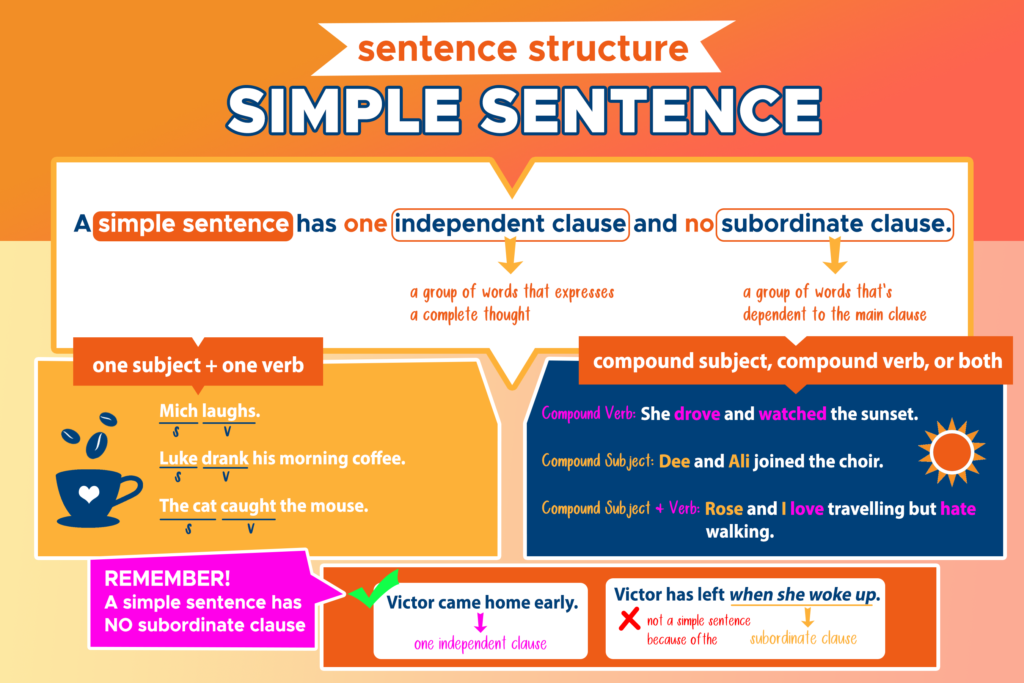
Sentence Structure and Reading Comprehension
Understanding Sentence Relationships
By understanding sentence structure, readers can identify the relationships between different parts of a sentence. Recognizing subjects, predicates, modifiers, and objects helps readers comprehend how ideas are connected and how they contribute to the overall meaning.
Identifying Main and Supporting Ideas
Sentence structure aids in the identification of main and supporting ideas in a piece of writing. Clear sentence structure allows readers to distinguish between the central theme and supporting details, ensuring a more thorough understanding of the text.
Drawing Inferences
Sentence structure can also provide clues that assist readers in drawing inferences. By analyzing the placement and construction of sentences, readers can make logical deductions and better comprehend the deeper meaning behind the words.
Conclusion
Sentence structure is a crucial element of effective communication. By understanding the importance of sentence structure and applying the principles outlined in this article, you can enhance your writing, improve comprehension, and convey your ideas more effectively. Whether in academic, professional, or creative contexts, sentence structure matters. So, remember to pay attention to your sentence construction, and you will see the positive impact it has on your communication skills.



